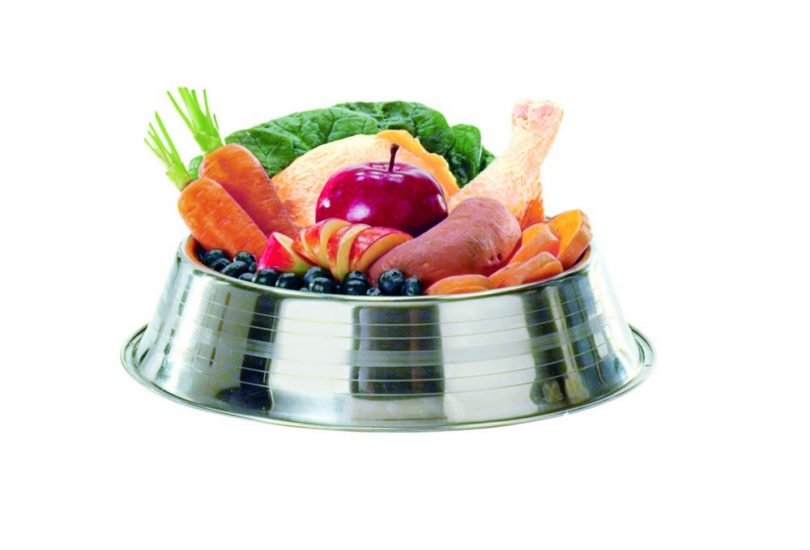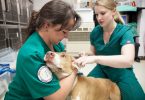Gluten or grain free food is quite popular these days since many learned about the problems that normal grains can cause and this extended to pet food as well. In this article we will try to find out more about the grain free dog food benefits and whether or not this is a good idea for you to try.
What Grains Are
Cereals are a good source of carbohydrates, giving a lot of energy to the body and the outer layer is a source of fiber. The interior has starch and the germ contains micronutrients like vitamin E, folic acid, magnesium and phosphorus.
Among the most common grains are wheat, rice, oats, corn, barley, millet, oatmeal and quinoa each of them varying in the nutritional composition and health benefits. If they are processed some of the nutritious elements can be lost and then this food will be labeled as refined grain food.
Gluten is contained in wheat, barley, rye and oats so these are excluded from a gluten-free diet and many theorists argue that these can be harmful to your pet because they can lead to digestive problems, dermatitis, chronic ear infections and even vomiting in severe cases.
Safe for Pets with Allergies
The most obvious benefit of a grain free diet is for pets that are allergic to grains or have problems with the digestion of grain-based foods. Common signs of allergy are chronic diarrhea or gas, and you might also notice your pet licking their feet a lot.
If you see these symptoms make sure you visit the vet and find out exactly which food is causing the problems. The most common allergens are grains like wheat and corn but some others can lead to problems too.
Weight Control
If the pet consumes too many carbohydrates and doesn’t exercise enough to burn them then that could lead to weight gains and since grains tend to contain a lot of carbs they are the main culprits.
The transition to a grain-free diet can help balance this problem but you must check the label because some grain-free food brands replace the grains with potatoes or other ingredients that have just as many carbohydrates.
Other Benefits
There are many vets that recommend grains only comprising up to 10% of a pet’s diet since this leads to more energy, a possible reduction of canine food allergies, a healthier skin as well as a shinier coat, less shedding and benefits like fewer stools, better breath and reduced flatulence.
There are many brands that add too much grain in their products to disguise the fact that there isn’t enough nutritional value in their food and if you move to a grain free formula you will probably get a lot more of a nutritional punch, but again, check the labels to know what you’re getting.
Possible Problems with Grain Free Food
Diets that have high protein content can result in kidney failure and thus most grain-free dog foods are only recommended for adult dogs, but this isn’t the case with all brands. If you have a puppy it’s really important to choose the right diet and you should consult your vet to make sure you made the best choice.
The problem with this type of food is that it was created based on ideas that were true for the human body, but the dog system is quite different. The most important aspect of a pet food is to make sure each ingredient provides the nutrients needed for the dog and that this will give them a complete and balanced meal.
To achieve this is quite difficult because dogs come in many shapes and sizes so there isn’t a perfect diet for all of them and a grain free diet can offer the needed nutrition but it’s not necessarily so.
There are ingredients that will provide an increase in the carbohydrates levels and these can harm pets with problems like diabetes, so make sure you know what you are feeding your dog and check with the vet if your pet has some conditions before moving to grain free food.
Making the Transition
If you decided that grain free is the way to go then the transition should begin with the addition of more meat into your pet’s diet while at the same time reducing the grain content. You need to do this gradually to allow time for the digestive system to adapt because this is how you make sure that there won’t be any problems.
The best diet for a dog or cat is fresh raw meat or home prepared pet food but this can be difficult to achieve if you don’t know what you are doing. You should add up to 15% fresh meat that is either raw or cooked since this will increase the protein and reduce the carbohydrate content of the diet without unbalancing the levels of other nutrients they require.






Leave a Comment